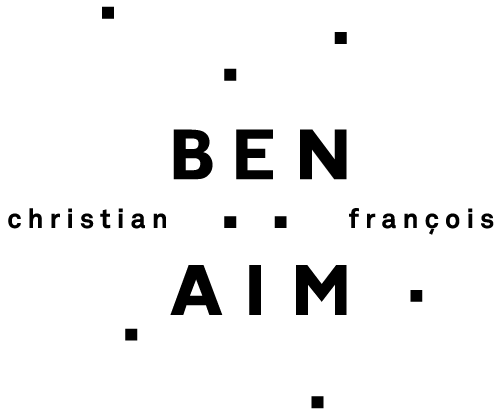With this piece for ten performers, the choreographic duo Christian and François Ben Aïm respond to the state of the world, and sketch out, between grace and revolt, gentle utopias.
A line of white neon lights hangs from the ceiling. Two dancers, moving across the front of the stage, make contact, deploying supple gestures. The neon lights disappear, a soft light fills the room, and eight dancers emerge from the shadows. For more than twenty years, the duo Christian and François Ben Aïm have been developing an aesthetic in which dance, theater and circus disciplines intermingle. With Tendre colère, they unfold a supple, lively fresco for a group of ten performers in an attempt to reinvent the world.
“Tender Anger will be a utopian manifesto, a dancing chimera, a remedy for melancholy, a thumbing of the nose at rage and perdition.” This is the ambitious project of the Ben Aïm brothers, set out in the show’s artistic dossier. The first thing you see is a landscape of soft, warm light covering several sections of the floor. The only scenic element is a twisted branch, its tip painted red. Patrick de Oliveira’s electronic music, with its driving beat, creates a misty atmosphere. A community takes shape before our eyes, carried along by the same breath. It is human, animal and vegetable all at once.
The performers wear spirals, turning on themselves. Their arms are supple, like seaweed, and resemble the tentacles of an octopus waving upwards. The bodies are driven by imbalances, creating an illusion of organicity, of contact with an imaginary environment. There’s grace in this ballet, which gradually becomes more and more tonic. The performers send their energy upwards, pausing at times like brief stop-motions.
It’s as if Christian and François Ben Aïm were first introducing us to their vocabulary, before the dance becomes denser and the pace quickens, inviting us to follow them, to stay with the flow. The light turns red. The dancers explode in rage, screaming. There’s something of revolt and protest about this ensemble. As the light grows brighter, short lifts follow one another in a whirling momentum. Thinking and reacting to the world’s crises is a theme increasingly present in contemporary dance, as with Katerina Andreou, who confronts the world’s confusion in Bless This Mess, or Ruth Childs, who tries, in Fun Times, to find a way to still have fun in it.
Against the aesthetics of collapse that imagine the worst, Christian and François Ben Aïm open up the imaginary and the possible. Could this group’s anger be the driving force behind something else? Could their ability to meet and make contact be the first step towards utopia?
Tender Anger confronts the state of the world with frankness, while proposing a way of existing together, with a saving gentleness.
Belinda Mathieu




 En
En Fr
Fr